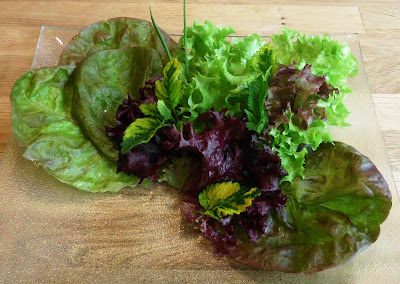
What a ride it has been. I've met a bunch of people, who feel like they've become friends. I've discovered a number of blogs that inform me, entertain me, make me think or put a smile on my face.
My blog has grown and become more lively, with a lot more visitors dropping by and adding to the party. It feels like it's got more of a soul now, and will continue to thrive.
Over the course of 1 month, I've gone from a wonderful 10 followers (I owe you all at least one of those legendary caipirinhas!), to an even more fabulous 72.
And what I like most, is that those 72 followers all have a face to me, an identity of their own - even those I've never met in person. I've read pieces of their writing, I've exchanged ideas and information, and I feel like I know them a little bit - enough to want to learn more.
The Web is a huge place, where it's easy to feel tiny, insignificant or intimidated. What initiatives like the A to Z challenge do, is to fence off a piece of that vast universe and define the borders of a (temporary) playground.
All of a sudden the blogosphere doesn't seem so big any more. Even though there were over a thousand participants, the challenge we all had in common made it more manageable and accessible.
At first, you see just names and profile pictures, but soon, those names start looking familiar and turn into people. Then they become individuals you respect and appreciate.
With some, I feel I've connected on a more personal level, because we think alike or because we're complementary and can teach each other a lot; because we're all writers or because we share a love for particular books or genres; because we've been through similar experiences, or because we're drawn to the same people.
Whatever the future brings, I'm happy and grateful for this experience.
I would like to express my special thanks to Lee (Arlee Bird), word and idea juggler extraordinaire, for coming up with the A to Z challenge, and to science fiction guru Alex J. Cavanaugh, whose tweets informed me about the challenge in the first place.
And now it's time to relax, take a weekend off, catch up on some sleep, and then I'll be back with a whole list of topics, dealing with writing, life, love and my quest for authentic and worthwhile experiences.
See you around!
Funky fact: at a given point I had 666 unread messages in Google Reader, ànd 66 followers. I'm sure it was a sign, but of what?
Image 2: 'web' by Brenda Anderson. Available under a creative commons license. © 2005, Brenda Anderson.
Image 3: 'Friends' by Leon Rice-Whetton. Available under a creative commons license. © 2010, Leon Rice-Whetton.
♥ Bookmark or share this post ♥

















































